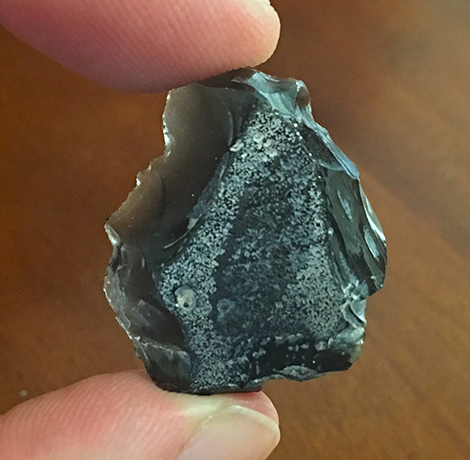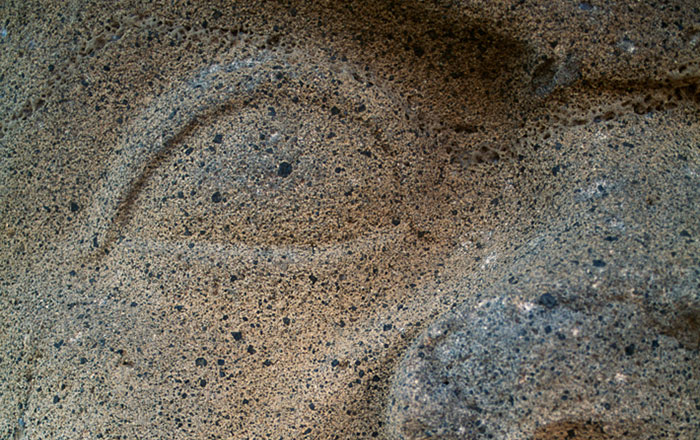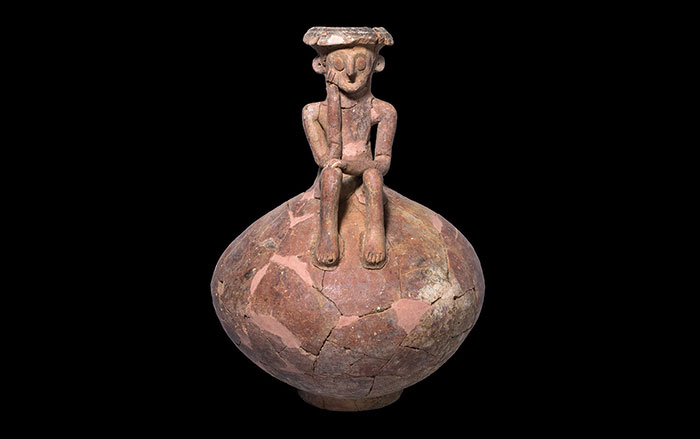
YABROUD, SYRIA— Analysis of an obsidian flake excavated in Syria and dating to between 41,000 and 32,000 years ago shows it was made out of rock that came from an outcropping in Turkey more than 400 miles away. According to a report in Science News, archaeologists Ellery Frahm of Yale University and Thomas Hauck of the University of Cologne used a portable X-ray device to determine the source of the flake, as well as 230 other obsidian samples from throughout the Near East. Previously, scholars had thought the earliest long-distance transport of obsidian in the region happened during the Natufian period, between 14,500 and 11,500 years ago, when hunter-gatherers first began living in permanent settlements. To read more about the technology Frahm pioneered to source obisidian, go to “High-Definition Obsidian.”











